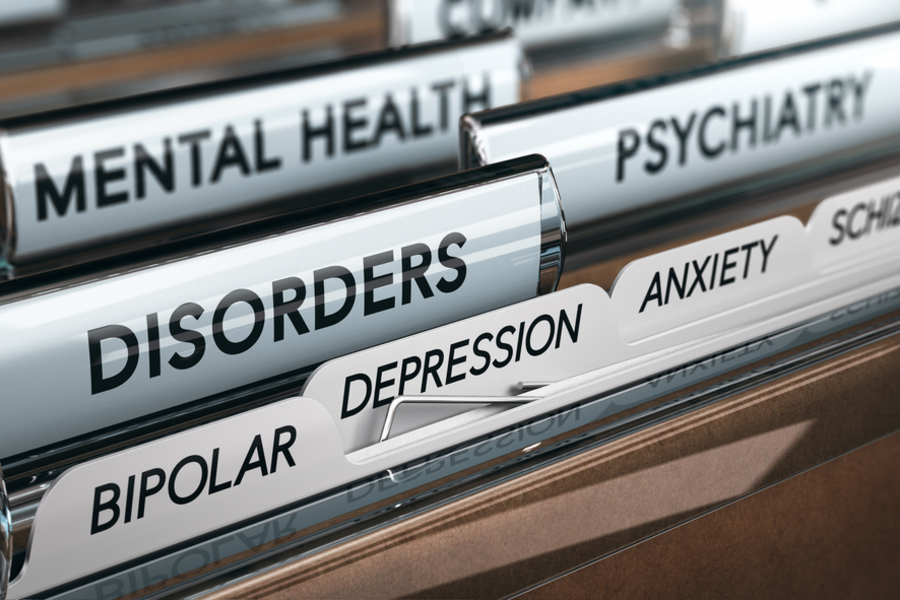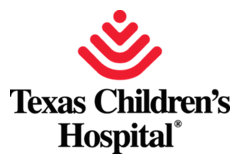Mood Disorders
What is a mood disorder?
A mood disorder is a mental health problem that primarily affects a person’s emotional state. It is a disorder in which a person experiences long periods of extreme happiness, extreme sadness, or both.
It is normal for someone’s mood to change, depending on the situation. However, to be diagnosed with a mood disorder, symptoms must be present for several weeks or longer. Mood disorders can cause changes in your behavior and can affect your ability to deal with routine activities, such as work or school.
Two of the most common mood disorders are depression and bipolar disorder. This article will review these disorders and some of their many subtypes.
Depression (major or clinical depression). Depression is a common mental disorder. Grief or sadness is a typical response to a traumatic life event or crisis, such as the death of a spouse or family member, loss of a job, or a major illness. However, when the depression continues to be present even when stressful events are over or there is no apparent cause, physicians would then classify the depression as clinical or major depression. For a person to be diagnosed with clinical depression, symptoms must last for at least two weeks.
There are several different types of depression. Symptoms may vary depending on the form of the disorder.
- Postpartum depression (peripartum depression) - This type of depression occurs during pregnancy or after delivery
- Persistent depressive disorder (dysthymia) - This is a chronic form of depression that can last for at least two years. Symptoms may occasionally lessen in severity during this time.
- Seasonal affective disorder (SAD) - This is another type of depression that occurs during certain seasons of the year. It typically starts in the late autumn or early winter and lasts until spring or summer. Less commonly, SAD episodes may also begin during the late spring or summer. Symptoms of winter seasonal affective disorder may resemble those of a major depression. They tend to disappear or lessen during spring and summer.
- Psychotic depression - This is a type of severe depression combined with psychotic episodes, such as hallucinations (seeing or hearing things that others do not) or delusions (having fixed but false beliefs). The episodes may be upsetting or disturbing and often have a theme.
- Depression related to a medical condition, medication, or substance abuse
Bipolar disorder (manic-depressive disorder). Bipolar disorder is defined by swings in mood from periods of depression to mania. When someone experiences a low mood, symptoms may resemble those of a clinical depression. Depressive episodes alternate with manic episodes or mania. During a manic episode, a person may feel elated or can also feel irritable or have increased levels of activity.
There are four basic types of bipolar disorder.
- Bipolar I - This is the most severe form. Manic episodes last at least seven days or may be severe enough to require hospitalization. Depressive episodes will also occur, often lasting for at least two weeks. Sometimes symptoms of both mania and depression are present at the same time.
- Bipolar II disorder - This disorder causes cycles of depression similar to those of bipolar I. A person with this illness also experiences hypomania, which is a less severe form of mania. Hypomanic periods are not as intense or disruptive as manic episodes. Someone with bipolar II disorder is usually able to handle daily responsibilities and does not require hospitalization.
- Cyclothymia disorder (cyclothymia) - This type of bipolar disorder has sometimes been defined as a milder form of bipolar disorder. People with cyclothymia experience continuous irregular mood swings – from mild to moderate emotional “highs” to mild to moderate “lows” – for extended periods of time. In addition, changes in mood can occur quickly and at any time. There are only short periods of normal mood. For an adult to be diagnosed with cyclothymic, symptoms have to be experienced for at least 2 years. For children and adolescents, the, symptoms must persist for at least one year.
- “Other” or “unspecified” bipolar disorder - Symptoms of this type of bipolar disorder do not meet the criteria for one of the other types but people still have significant, abnormal changes in mood.
Other mood disorders
- Premenstrual dysphoric disorder - This type of mood disorder occurs seven to 10 days before menstruation and goes away within a few days of the start of the menstrual period. Researchers believe this disorder is brought about by the hormonal changes related to the menstrual cycle. Symptoms may include anger, irritability, tension, decreased interest in usual activities, and sleep problems.
- Intermittent explosive disorder - This is a lesser-known mood disorder marked by episodes of unwarranted anger. It is commonly referred to as “flying into a rage for no reason.” In an individual with intermittent explosive disorder, the behavioral outbursts are out of proportion to the situation.
What causes mood disorders?
There may be several underlying factors, depending on the type of the disorder. Various genetic, biological, environmental, and other factors have been associated with mood disorders.
Risk factors include:
- Family history
- Previous diagnosis of a mood disorder
- Trauma, stress or major life changes in the case of depression
- Physical illness or use of certain medications. Depression has been linked to major diseases such as cancer, diabetes, Parkinson’s disease and heart disease.
- Brain structure and function in the case of bipolar disorder
What are the symptoms of common mood disorders?
Symptoms depend on the type of mood disorder that is present.
Symptoms of major depression may include:
- Feeling sad most of the time or nearly every day
- Lack of energy or feeling sluggish
- Feeling worthless or hopeless
- Loss of appetite or overeating
- Gaining weight or losing weight
- Loss of interest in activities that formerly brought enjoyment
- Sleeping too much or not enough
- Frequent thoughts about death or suicide
- Difficulty concentrating or focusing
Symptoms of bipolar disorder may include both depression and mania. Symptoms of hypomanic or manic episodes include:
- Feeling extremely energized or elated
- Rapid speech or movement
- Agitation, restlessness, or irritability
- Risk-taking behavior, such as spending too much money or driving recklessly
- Unusual increase in activity or trying to do too many things at once
- Racing thoughts
- Insomnia or trouble sleeping
- Feeling jumpy or on edge for no apparent reason
If you or someone you love are struggling with Mood Disorder or any other mental health issue, LET US HELP. Give us a call at 1-888-98-TODAY. Feel free to fill out the new contact form listed under the Contact Us tab at the top of the Texas Care website for more information on how we can better serve you. It’s quick and confidential.





